HFBK's History
With the founding of the drawing school in 1767, the Hamburgische Gesellschaft zur Beförderung der Künste und nützlichen Gewerbe (Hamburg Society for the Advancement of the Arts and Useful Trades, known as the Patriotische Gesellschaft von 1765 or Patriotic Society of 1765 for short) laid the foundations for the Hochschule für bildende Künste Hamburg today. Its goal was to elevate standards of taste and design skills in craft and to provide an ambitious aesthetic education. From 1830 onwards, as a consequence of the debate concerning the setting up of a crafts school, the school, which had originally been restricted to offering architectural drawing and freehand drawing classes, significantly expanded and differentiated the education that it offered. In 1865, the city of Hamburg took over the responsibility for the institution, which had previously been financed by the guilds. From this point on, it operated as a public school of crafts. Its significance grew steadily, first as the Staatliche Kunstgewerbeschule, then subsequently as the Landeskunstschule, and, from 1955 onwards, as the Hochschule für bildende Künste, along with the success of its students both at home and abroad.
1765
Foundation of the Gesellschaft zur Förderung der Künste und nützlichen Gewerbe [Society for the Advancement of the Arts and Useful Trades], also referred to as Patriotische Gesellschaft [Patriotic Society], and the decision to establish a drawing school
1767
Installation of the first drawing school that could be attended free of charge, initially directed by several colleagues of the architect Ernst Georg Sonnin
1770
Installation of a class for freehand drawing under Johann Anton Tischbein
1789
Start of the French Revolution with the storming of the Bastille
1790
First annual exhibition of works by students of the drawing school organised by the Patriotische Gesellschaft
1791
Hamburg journeymen’s rebellion
1793
Introduction of the class for decoration drawing
1794
Fourth annual exhibition of the Patriotische Gesellschaft, supplemented by privately owned paintings and drawings, including works by Angelica Kaufmann and Wilhelm Tischbein
1796
Appointment of Gerdt Hardorff as teacher in the class for freehand drawing (until 1822)
1802
The proposal by Wilhelm Tischbein to restructure the drawing school modelled on the royal academies is rejected by the Hamburg Senate
1806
Start of the French occupation of Hamburg (until 1814)
Foundation of the Verein zur Förderung des Kunstgeschmacks [Society for the Advancement of Artistic Taste] by the proposing secretary of the Patriotische Gesellschaft, Friedrich Johann Lorenz Meyer
Demolition of the Hamburger Dom
1815
Introduction of the class for ornamental drawing
Termination of the annual exhibitions of students’ works by the Patriotische Gesellschaft due to the strong presence of artistic works in comparison to the crafts
1817
Meetings of the members of the Patriotische Gesellschaft in the house of David Christopher Mettlerkamp to establish a Kunstverein [art society]
1825
Discussions at the Patriotische Gesellschaft on the transformation of their drawing classes into a vocational school
1826
Foundation of a committee for art exhibitions by members of the Kunstverein
1830
Nomination of the architect Alexis de Chateauneuf as the head of the Patriotische Gesellschaft
1832
Foundation of the Klub Hamburgischer junger Künstler [Club of Young Hamburg Artists], later named Hamburger Künstlerverein [Hamburger Artists’ Society]
Modification of the Hamburg guilds’ constitution, but mandatory membership remains in place
1833
Restructuring of the drawing classes: Installation of an evening school for freehand drawing, decoration painting, architectural drawing and architectural-ornamental drawing, as well as a Sunday school
1834
First sales exhibition of the Kunstverein
1842
Great Fire of Hamburg
Destruction of the headquarters of the Patriotische Gesellschaft on Johannisstraße
Appointment of Martin Gensler as teacher in the field of architectural ornaments (until 1865)
1844
Introduction of a drawing class for freestyle ornaments
1845–1847
Construction of a new building for the Patriotische Gesellschaft at Trostbrücke on the site of Hamburg’s burnt-down Town Hall and resumption of drawing lessons, which until then had been held in private quarters, in the third storey
1848
Elections to a constituent assembly, Hamburger Konstituante, seated in the building of the Patriotische Gesellschaft
1850
Appointment of Günther Gensler as teacher in various classes of the school
1851
The Great Exhibition in London provides a new view of the international arts and crafts
1854
Introduction of the class Modelling in all Important Materials under the direction of the sculptor Ernst Gottfried Vivié (until 1863), from 1865 proposing secretary of the Patriotische Gesellschaft
Size of the school: 320 students, half of them “penniless”
1858
Foundation of the Kunst- und Gewerksektion [Arts and Crafts Section] within the Patriotische Gesellschaft chaired by Martin Gensler with the aim of motivating artists to create designs in the crafts
1859
Grand Schiller parade of the Künstlerverein von 1832 [Artists’ Society of 1832]
Assembly of the first Hamburger Bürgerschaft in the building of the Patriotische Gesellschaft
1860
The first Hamburg Constitution takes effect
1861
Initial ideas to establish an arts and crafts museum proposed by the Patriotische Gesellschaft
1863
Termination of mandatory membership in guilds and start of freedom of trade in Hamburg
1864
Death of the longstanding drawing school teacher Gerdt Hardorff (*1769)
1865
Transformation of the private school of the Patriotische Gesellschaft into a state-run vocational school and a school for skilled construction workers
Size of the vocational school: 247 students
Location: still in the third storey of the Patriotische Gesellschaft at Trostbrücke
Director: Otto Jessen (until 1880)
1868
Expansion of the vocational school by a vocational day school for freehand and compass drawing
1869
Opening of the Hamburger Kunsthalle
1870
Hamburg’s first School Law declaring education and training tasks of the state
1874
Foundation of the Kunstgewerbemuseum [Arts and Crafts Museum] in temporary spaces at St. Annen
1876
Inauguration of the new building for the vocational school at Steintorplatz
Size of the school: 1,500 students
Introduction of the class for decorative painting at the vocational day school
1877
Opening of the Museum für Kunst und Gewerbe [Museum of Arts and Crafts] in the new building of the vocational school
Director of the museum: Justus Brinckmann (until 1915)
1880
New director of the vocational school: Adolph Stuhlmann (until 1897)
Size of the school: 2,273 students
1886
First director of the Hamburger Kunsthalle: Alfred Lichtwark (until 1914)
1893
Start of the state-run, vocational day school in the building at Steintorplatz
24 subjects are taught in specialist classes
1896
Opening of the Staatlichen Kunstgewerbeschule [State Arts and Crafts School] as part of the vocational day school
Introduction of nude drawing
1897
Foundation of the Hamburgischer Künstlerclub [Hamburger Artists’ Club] in Café Felber at Steindamm
1905
New director of the Kunstgewerbeschule [Arts and Crafts School]: Richard Meyer (until 1929)
Efforts to acquire an own building
Numerous new appointments of teachers including Willy von Beckerath (1907–1931 figurative wall painting), Arthur Illies (1908–1933 painting/drawing), Wilhelm Niemeyer (1911–1938 art history), Richard Schmidt (1907–1945 spatial art), Johannes Schulz (1910–1945 printing/graphic art), Eduard Steinbach (1906–1939 painting), Julius Wohlers (1908–1931 painting) and above all teachers from abroad, such as the Swiss Johann Michael Bossard (1907–1944 sculpture) and the Viennese Carl Otto Czeschka (1907–1943 planar art/applied graphic art), Franz Karl Delavilla (1909–1912 textile art), Anton Kling (1908–1923 decorative painting /glass painting) and Richard Luksch (1907–1934 sculpture)
1909
Size of the Arts and Crafts School: 4,000 students
Plans for two relief buildings: Staatliche Kunstgewerbeschule [State Arts and Crafts School] at Lerchenfeld and the Technische Staatslehranstalt [Technical College] at Berliner Tor
Maria Brinckmann is appointed as the first female teacher, initially for art embroidery, then from 1916 as head of the textile workshop (until 1932)
1910
Move of the Arts and Crafts School with 605 students to barracks on Spaldingstraße as an interim solution
1911
Start of construction work of a building at Lerchenfeld designed by Fritz Schumacher
1913
Opening of the new building of the Staatliche Kunstgewerbeschule [State Arts and Crafts School] at Lerchenfeld to which belong numerous workshops, greenhouses and a zoo
Size of the school: 1,088 enrolled students
1914
Cologne Werkbund Exhibition with a full-size replica of the auditorium entrance hall with window apse by Carl Otto Czeschka
First artists’ festival at Lerchenfeld under the motto Futurumbumbum
1914–1918
First World War: the Lerchenfeld building serves as a military hospital, school activities are suspended
1918
Ceremony dedicated to the completion of the wall painting Die Ewige Welle [The Eternal Wave] by Willy von Beckerath in the auditorium with a speech held by Aby Warburg
1919
Foundation of the University of Hamburg
Foundation of the Hamburgische Sezession
1919
Foundation of the Kampfbühne by Lothar Schreyer with seven performances in the auditorium: Kräfte and Die Haidebraut by August Stramm, Hölderlin’s Empedocles, Lothar Schreyer’s Kreuzigung, Mann and Kindsterben , as well as Herwarth Walden’s Spiel an der Liebe, Sünde (until 1921), collaboration with Lavinia Schulz and Walter Holdt
Establishment of artists’ festivals organised by the Arts and Crafts School in the Curio building under annually alternating mottos: Die gelbe Posaune der Sieben (1920), Die Götzenpauke (1921), Himmlischer Kreisel (1922), Cubicuria. Die seltsame Stadt (1924), Der siebente Krater (1925), Noa Tawa (1926), Prisma im Zenith (1928), Synthetisches Klanglichtspiel (1930)
1921
First year of the art magazine Die Kündung, 12 issues, edited by Wilhelm Niemeyer and Rosa Schapire and produced by the hand printing workshop at Lerchenfeld for the members of the Kunstbund Hamburg founded in 1920 (from 1923 named Freunde der Kunsthalle)
1928
Renaming to Landeskunstschule [State School of Arts] with the aim of acquiring the status of a university
1929
Foundation of the Kartell Hamburger Künstlerverbände [Cartel of Hamburg Artists’ Associations]
Director at Lerchenfeld: Paul Helms (until 1930)
1930
Director at Lerchenfeld: Richard Schmidt (until 1931)
1931
Director at Lerchenfeld: Max Sauerlandt (until 1933), who as an art historian is simultaneously the director of the Museum of Arts and Crafts
from 1933
The National Socialists seize power: deposition of director Max Sauerlandt at the instigation of the Kampfbund für deutsche Kunst [Militant League for German Art]
Change of directors in rapid succession: Hermann Maetzig (until 1934), Wilhelm Freiherr Kleinschmit von Lengefeld (until 1935), Paul Fliether (until 1942), Paul Helms (until 1945)
Renaming to Hansische Hochschule für Bildende Künste [Hanseatic College of Fine Arts]
Exclusion of the teachers Friedrich Adler, Alfred Ehrhardt, Hugo Meier-Thur, Fritz Schleifer, and Karl Schneider, as well as numerous students
1943
Destruction of the western building and the studio wing during the Allied bombing raid Operation Gomorrah
1945
New constitution as Landeskunstschule [State Art School] under the director Friedrich Ahlers-Hestermann (until 1950)
Resumption of teaching activities in January 1946 with the newly appointed professors Wilhelm Grimm (1946–1969 painting), Ivo Hauptmann (1946–1951 painting), Alfred Mahlau (1946–1959 free graphic art), Gerhard Marcks (1946–1950 sculpture), Edwin Scharff (1946–1955 sculpture)
from 1950
Director: Gustav Hassenpflug (until 1956)
Establishment of the artists’ festival LiLaLe as an annual constant in Hamburg’s cultural life following the preceding events Arche Nova (1947) and SiSaSu (1949)
Restoration and expansion of the Lerchenfeld building with, among other things, the construction of the so-called Laterne [Lantern] on the west wing designed by Hassenpflug (1953)
1951
Architecture, until then taught only as a postgraduate course, becomes an independent course of studies
1953
Introduction of the principle of visiting lecturers with the first visiting professors of painting: Georg Meistermann, Ernst Wilhelm Nay and Fritz Winter
1955
Designation as Hochschule für bildende Künste [University of Fine Arts] by the Senator of Culture Hans-Harder Biermann-Ratjen
1956
Appointment of the first female professor: Margret Hildebrand for textile design (until 1981)
1957
Director: Hans-Werner von Oppen (until 1964)
1959
The action Endlose Linie/Die Linie von Hamburg by Friedensreich Hundertwasser, Bazon Brock, and Herbert Schuldt is presented at Lerchenfeld but prematurely halted after three days
1964
Director: Herbert Freiherr von Buttlar (until 1976)
Establishment of the departments of industrial design and visual communication
Internationalisation of the visiting professors with, among others, Joannis Avramide (1966/67), Miguel Berrocal (1966), Dan Graham (1976), Renato Guttuso (1968), David Hockney (1969), Allen Jones (1968–1970), Richard Lindner (1965), Peter Phillips (1968/69), Joe Tilson (1970–1972), alongside renowned German artists, such as Bernd and Hilla Becher (1971–1973), Josef Beuys (1974/75), Hans Haacke (1973–1976), Sigmar Polke (1970/71), Gerhard Richter (1967), Thomas Schütte (1976/77)
1970
Raising to the status of an artistic-scientific university
Reinstallment of the glass windows of Carl Otto Czeschka in the auditorium entrance hall
1971
The building is placed under monument protection
1977
President: Carl Vogel (until 1989)
1985
Biennale des Friedens [Biennale of Peace] by Robert Filliou and René Block in the auditorium entrance hall with a simultaneous concert held by Nam June Paik, Henning Christiansen and Joseph Beuys
1984
Introduction of diplomas in free art and visual communication
1989
First female president: Adrienne Goehler (until 2001)
1992–1993
Redesign of the entrance area by Bernhard Winking
since 2002
President: Martin Köttering
Increase in the number of female teachers through the new appointment of numerous female professors including Jeanne Faust (video/time-based media), Geelke Gaycken (basics of sculpture), Jutta Koether (painting/drawing), Annika Larsson (basics of time-based media), Julia Lohmann (basics of design), Hanne Loreck (art and cultural studies), Astrid Mania (art critique and the art history of modernism), Michaela Melián (mixed media/acoustics), Heike Mutter (basics of graphic art/typography/photography), Michaela Ott (aesthetic theories), Katharina Pethke (basics of film), Marjetica Potrč (social design), Angela Schanelec (film), Bettina Uppenkamp (art history) and Lena Ziese (art education)
2006
Constitution of the HafenCity University to which the study area of architecture is transferred from the HFBK
2008
Introduction of the interdisciplinary study course Bildende Künste [Fine Arts] with Bachelor and Master degrees as well as Dr. phil. in artibus with artistic-scientific doctorate
2010
Foundation of the Art School Alliance with initially six international partner universities: Boston – School of the Museum of Fine Arts; Hangzhou – China Academy of Art; London – Goldsmiths, University of London, Department of Art; Paris – École nationale supérieure des Beaux-Arts; San Francisco – San Francisco Art Institute; Vienna – Academy of Fine Arts; student exchange including special artists’ studios on Karolinenstraße
from 2011
Restoration of the auditorium and the wall painting Die Ewige Welle [The Eternal Wave] by Willy von Beckerath
2013
Celebration of the 100th anniversary of the Fritz Schumacher building at Lerchenfeld
Takeover and renovation of the building Wartenau 15
2015
Launching of an artistic-scientific doctorate graduate programme with 12 doctoral candidates
Modernisation and reconstruction of the library
2016
Makeover and redesign of the Mensa [canteen]
Plans for the new construction of a studio building with 3,000 square metres at Lerchenfeld with an international architecture competition become concrete (completion in 2019)
2017
Festival week on the occasion of the university’s 250th anniversary







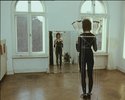
 Ehemalige Professor*innen und Gastprofessor*innen
Ehemalige Professor*innen und Gastprofessor*innen
 250 years of HFBK Hamburg
250 years of HFBK Hamburg
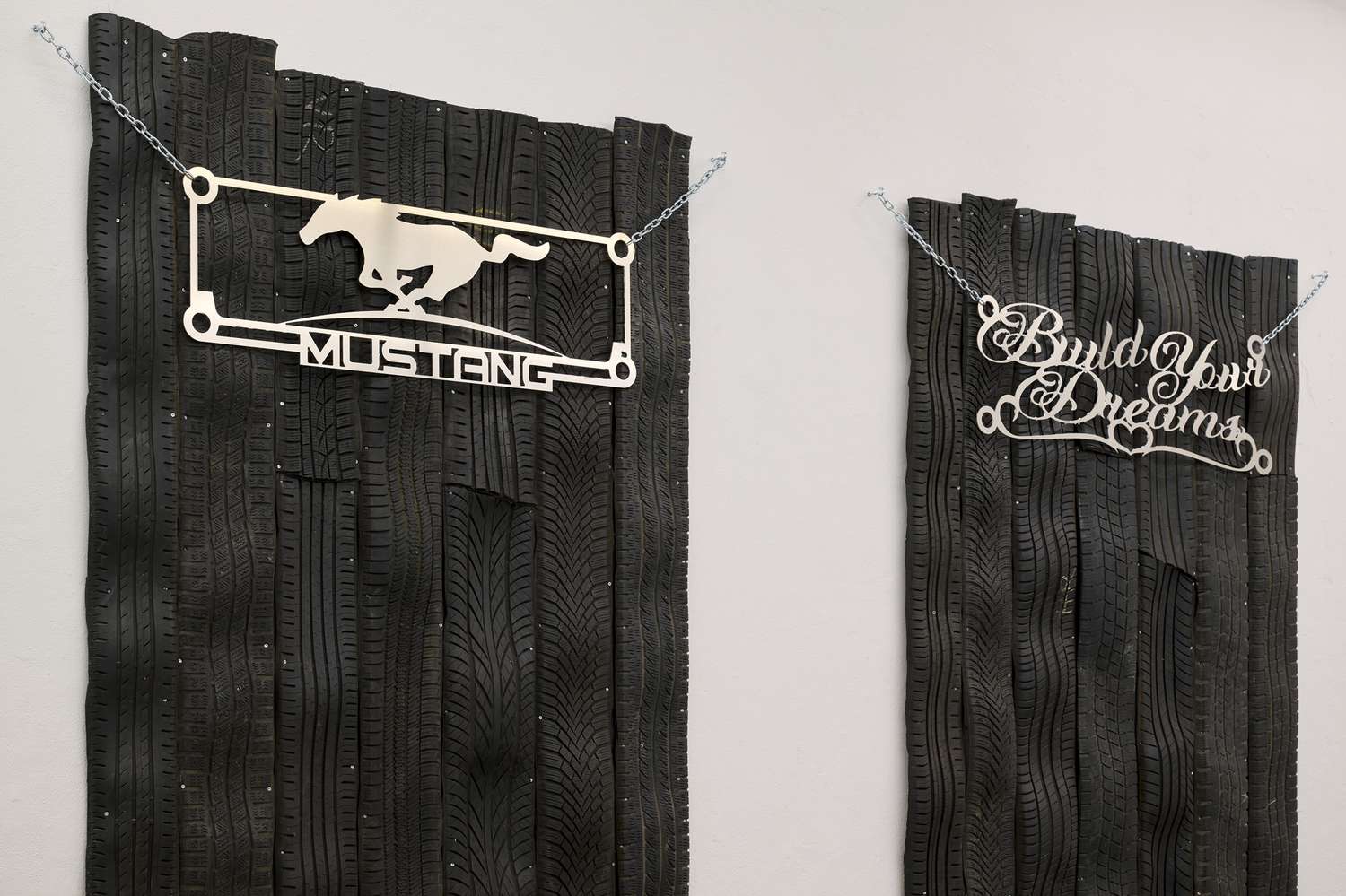
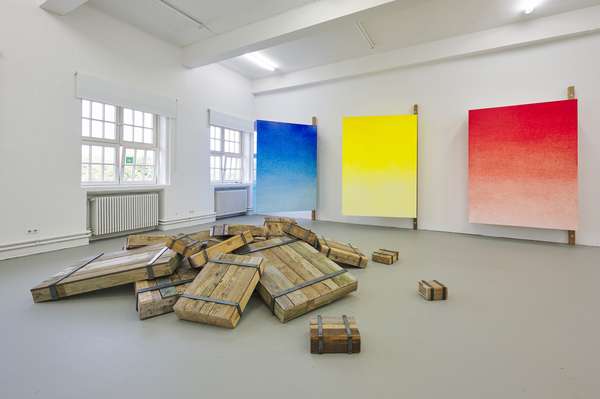














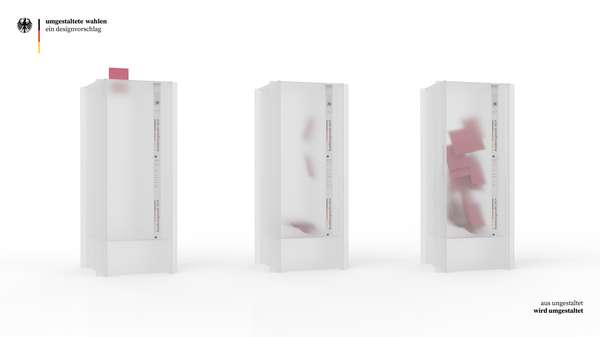
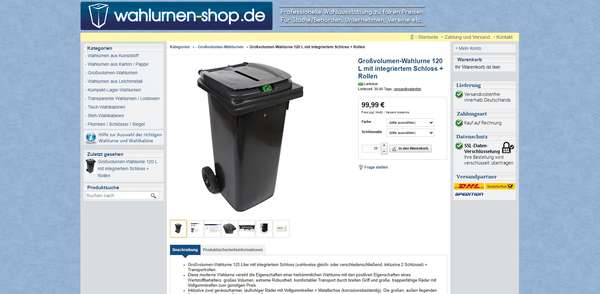



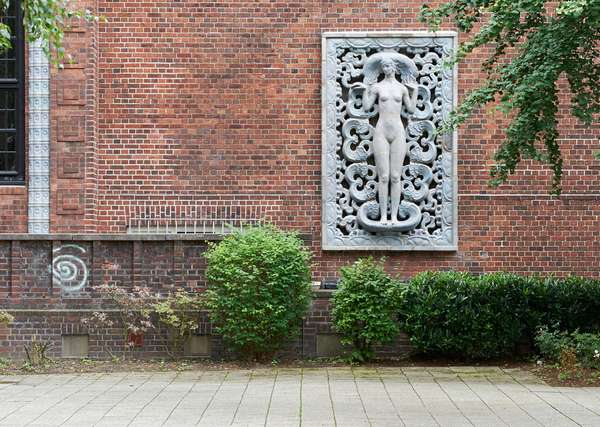


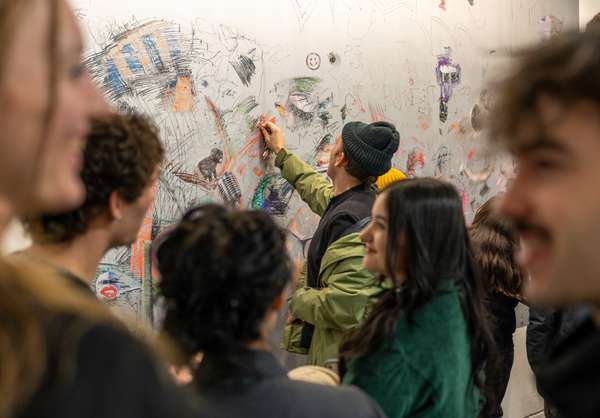

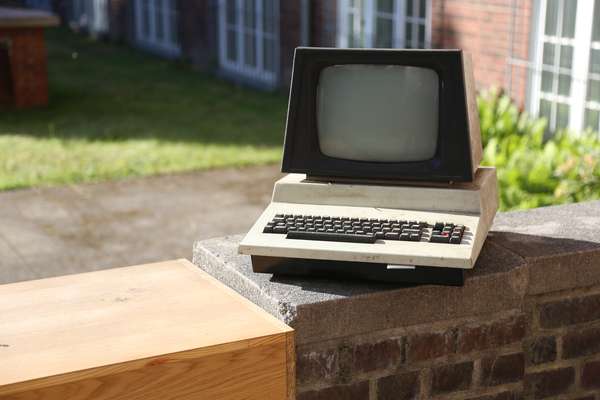


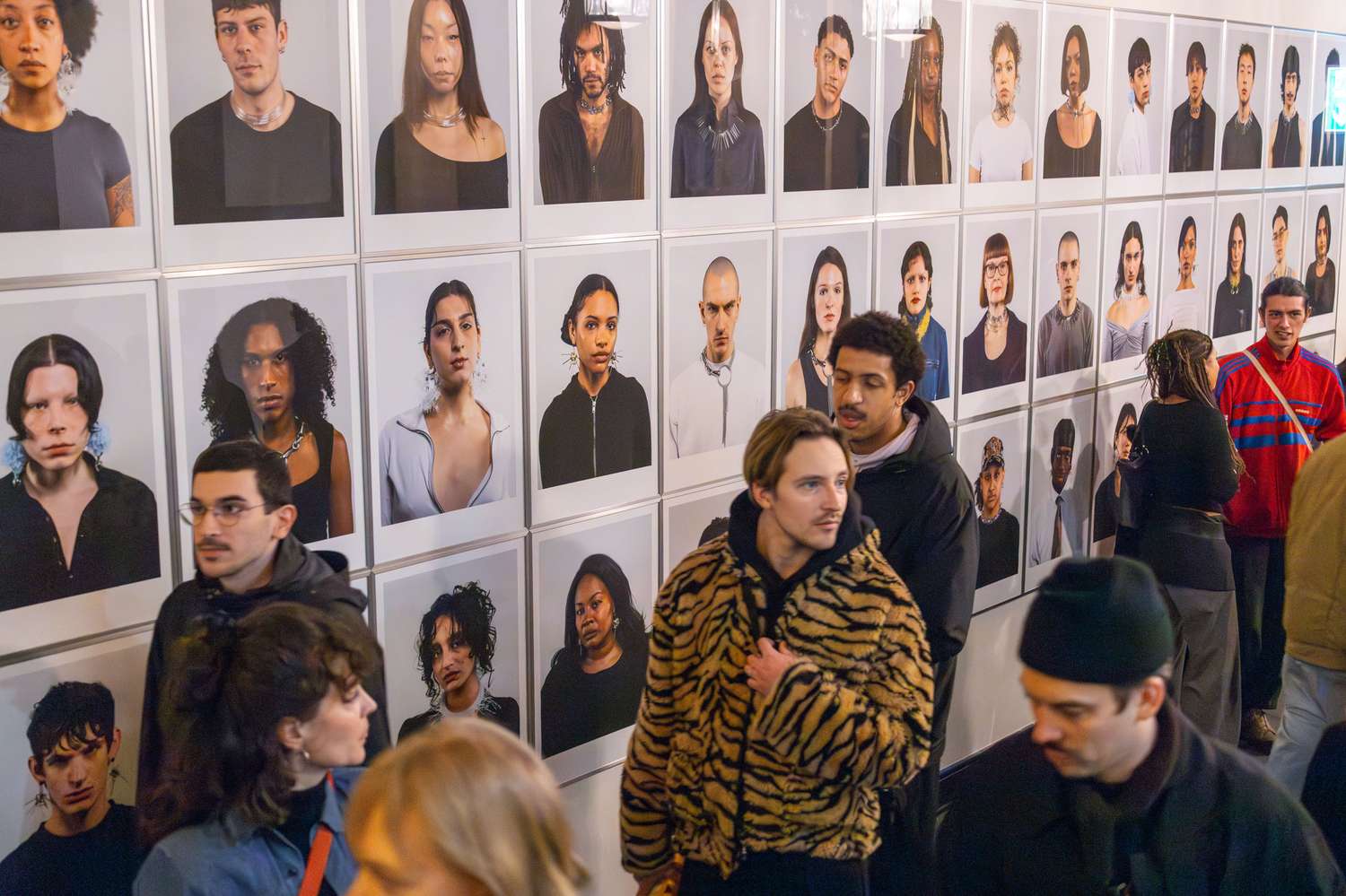





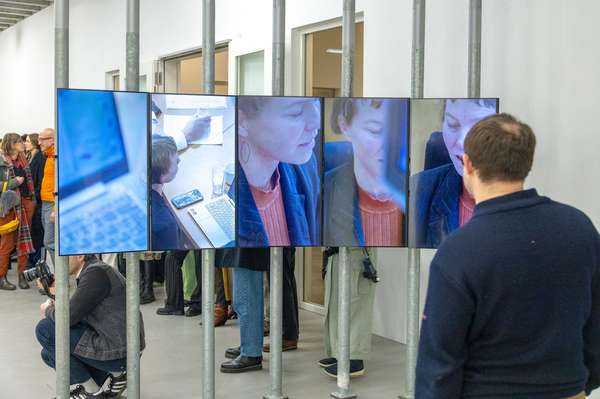







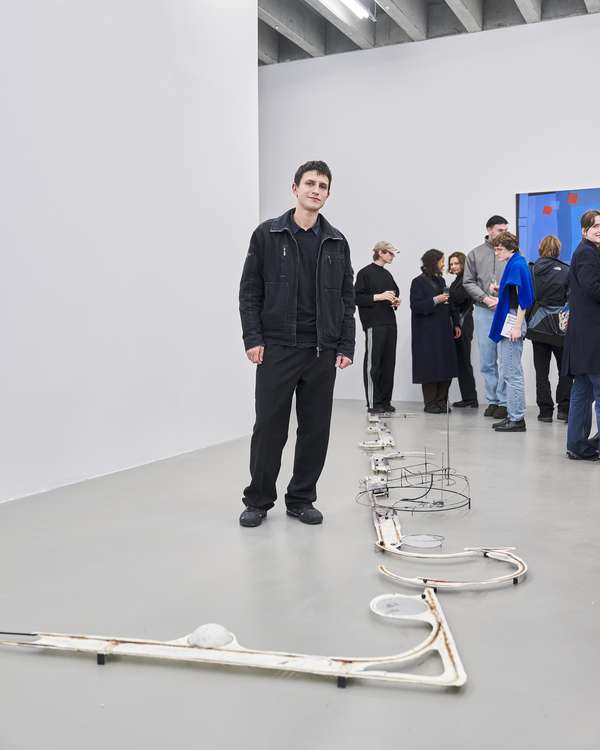


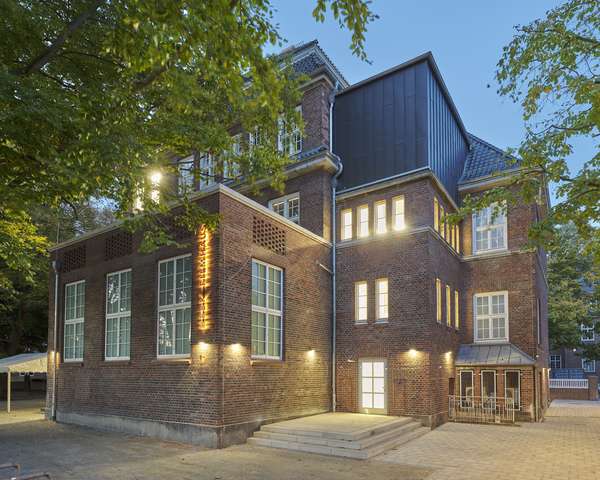













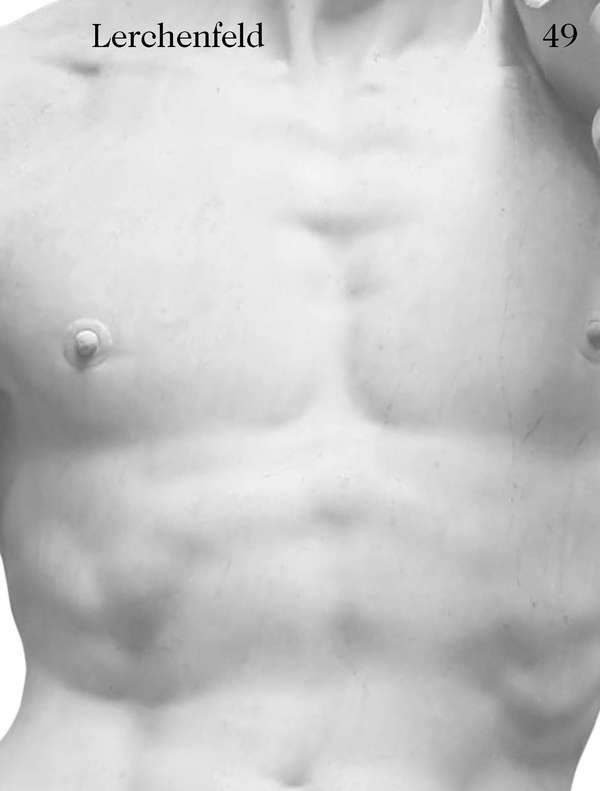






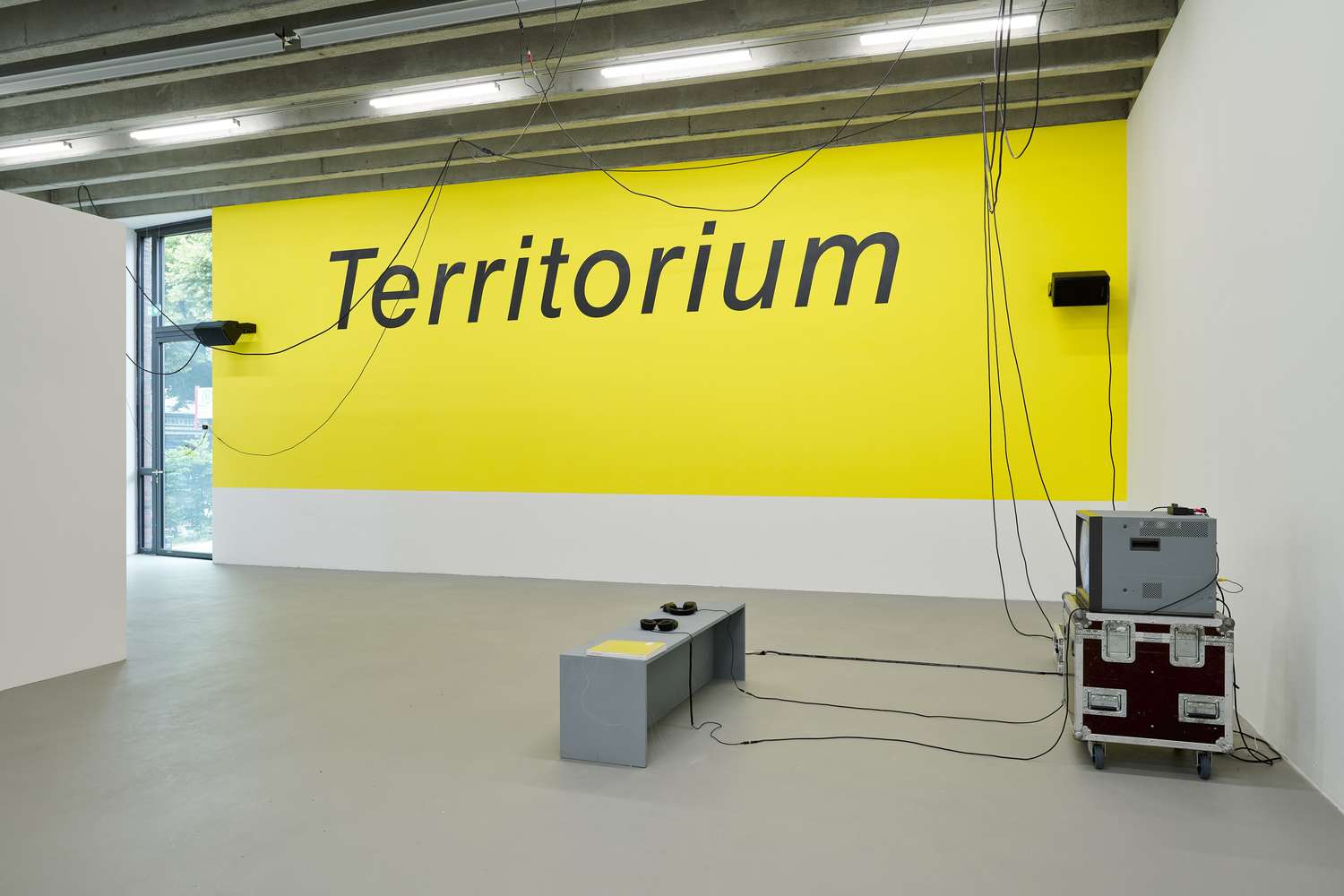



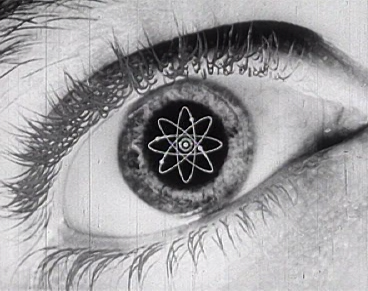
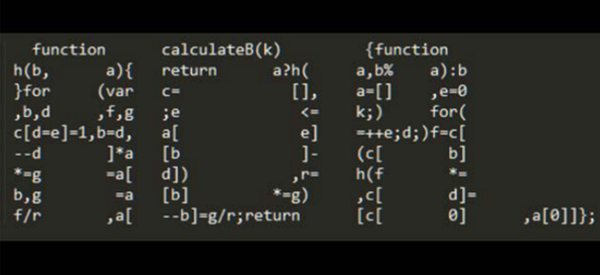





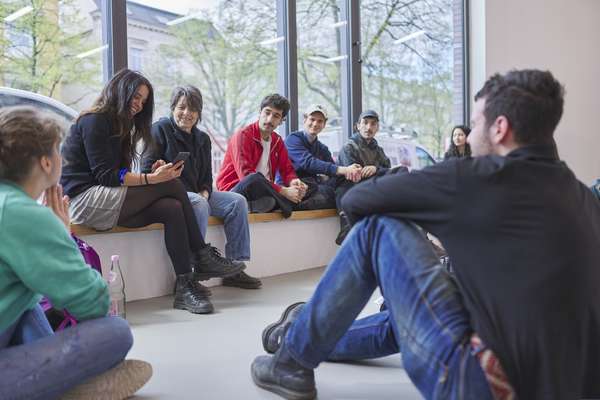

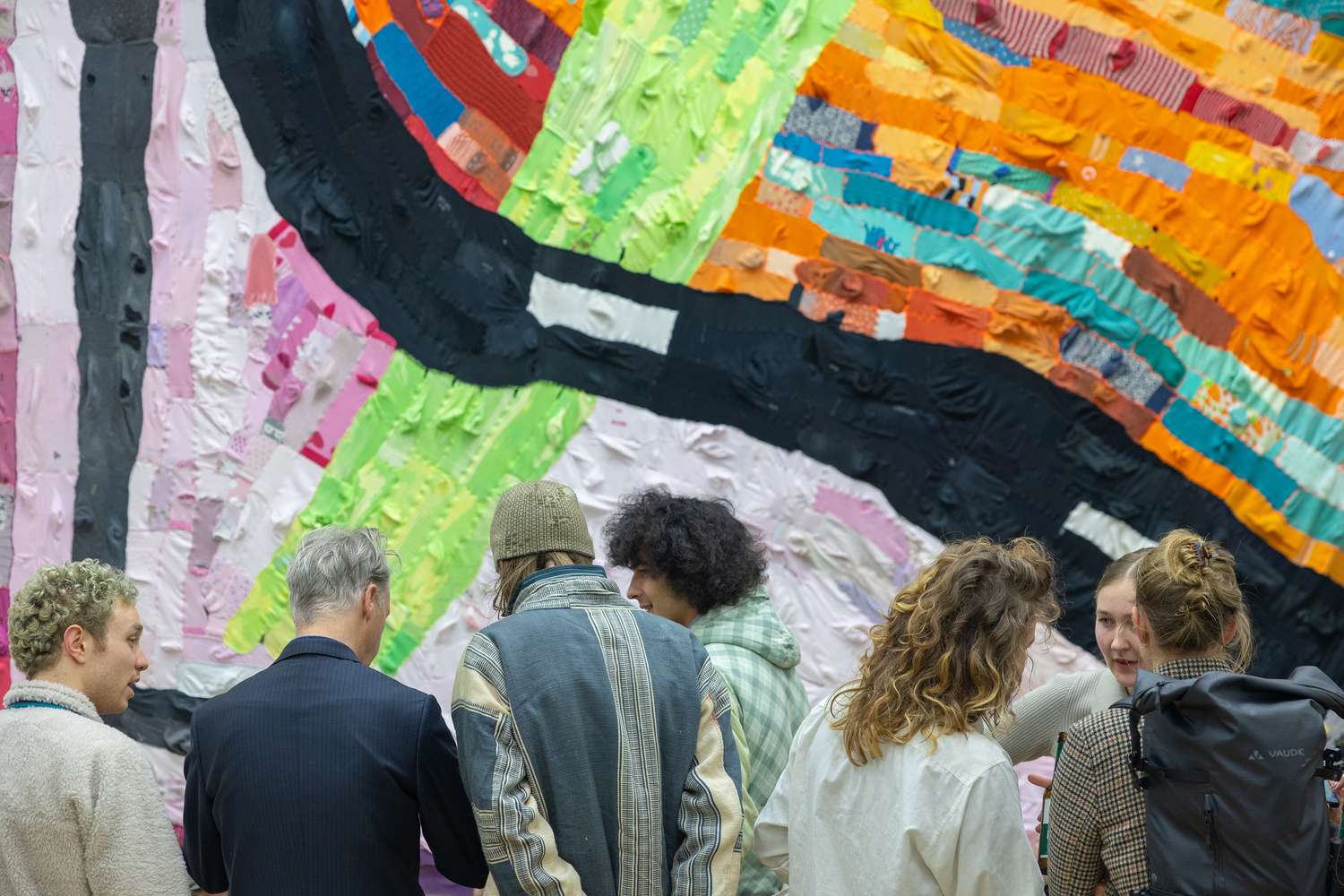










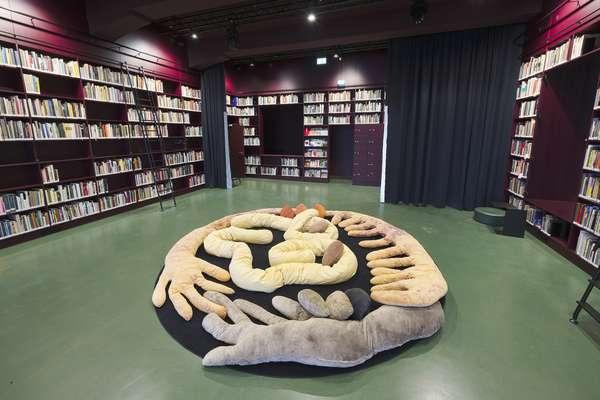







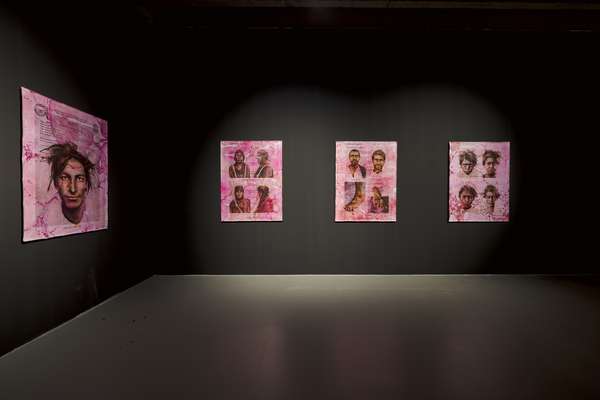







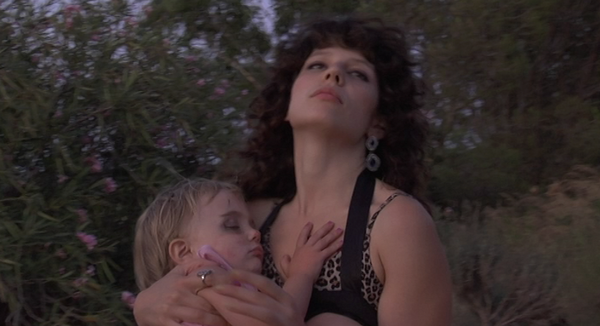





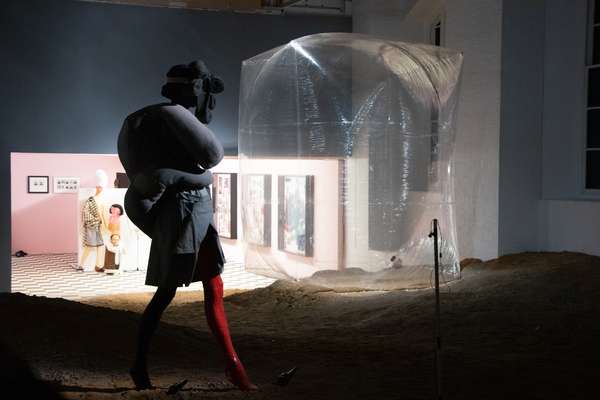




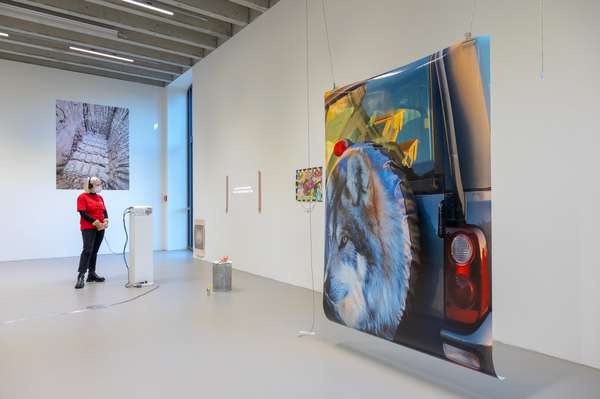







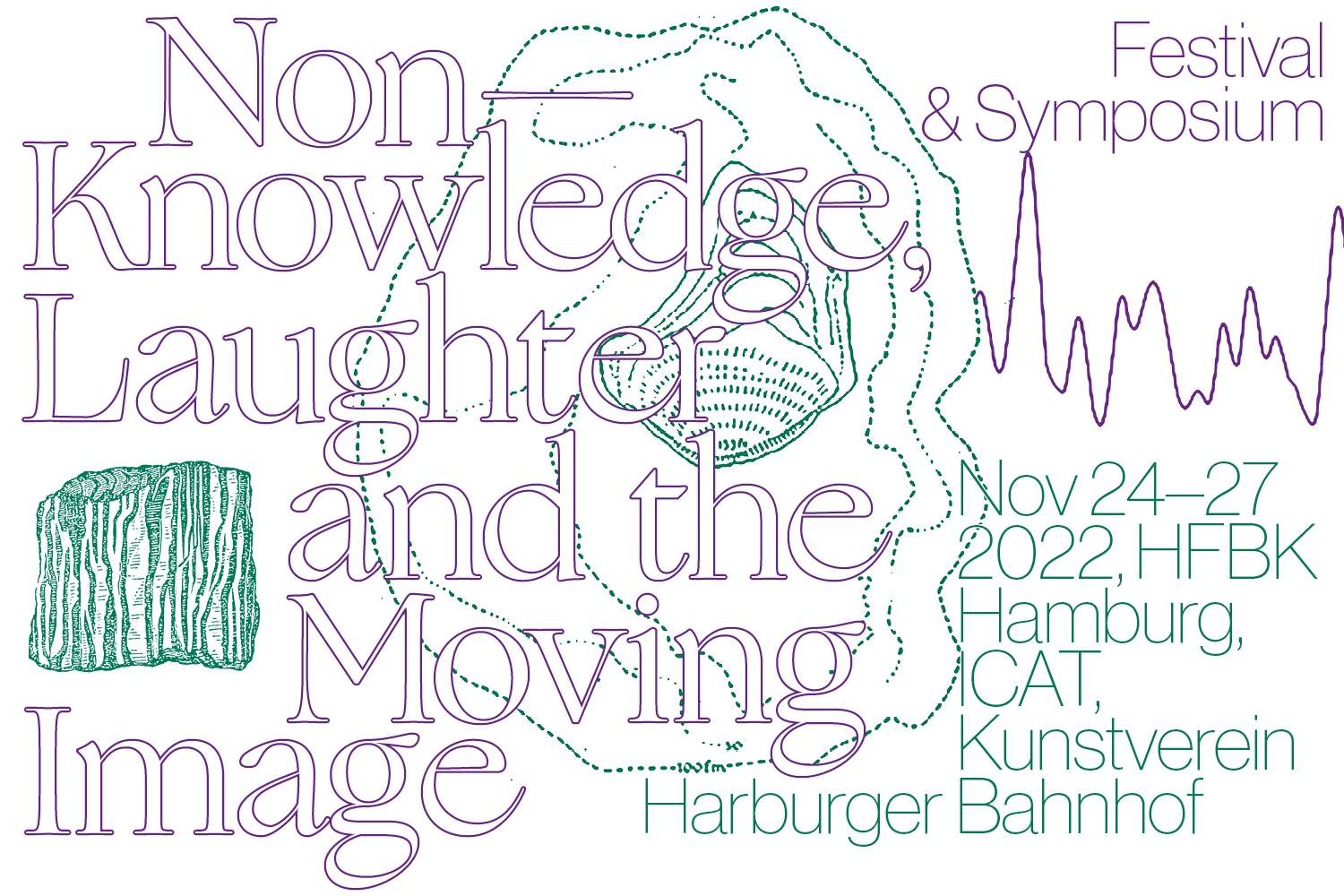





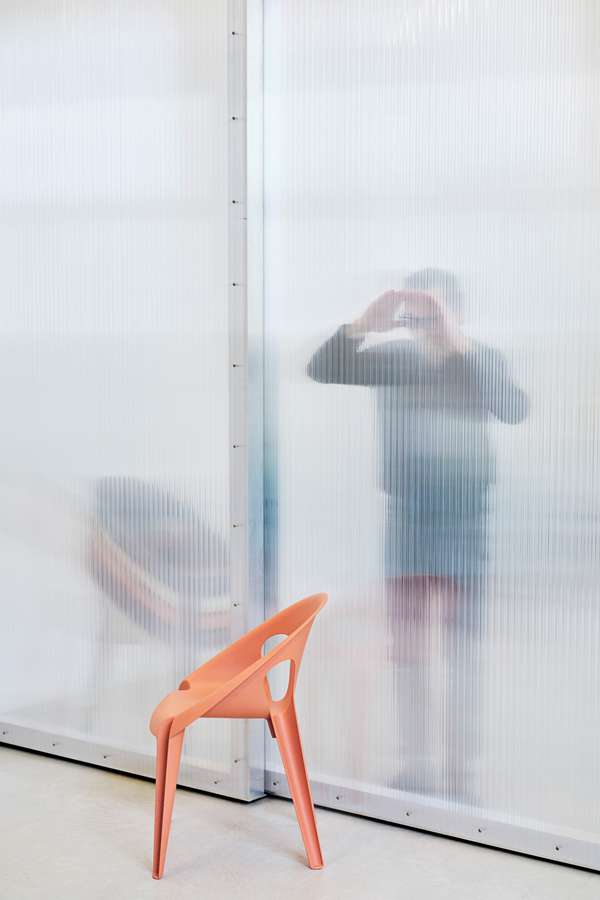





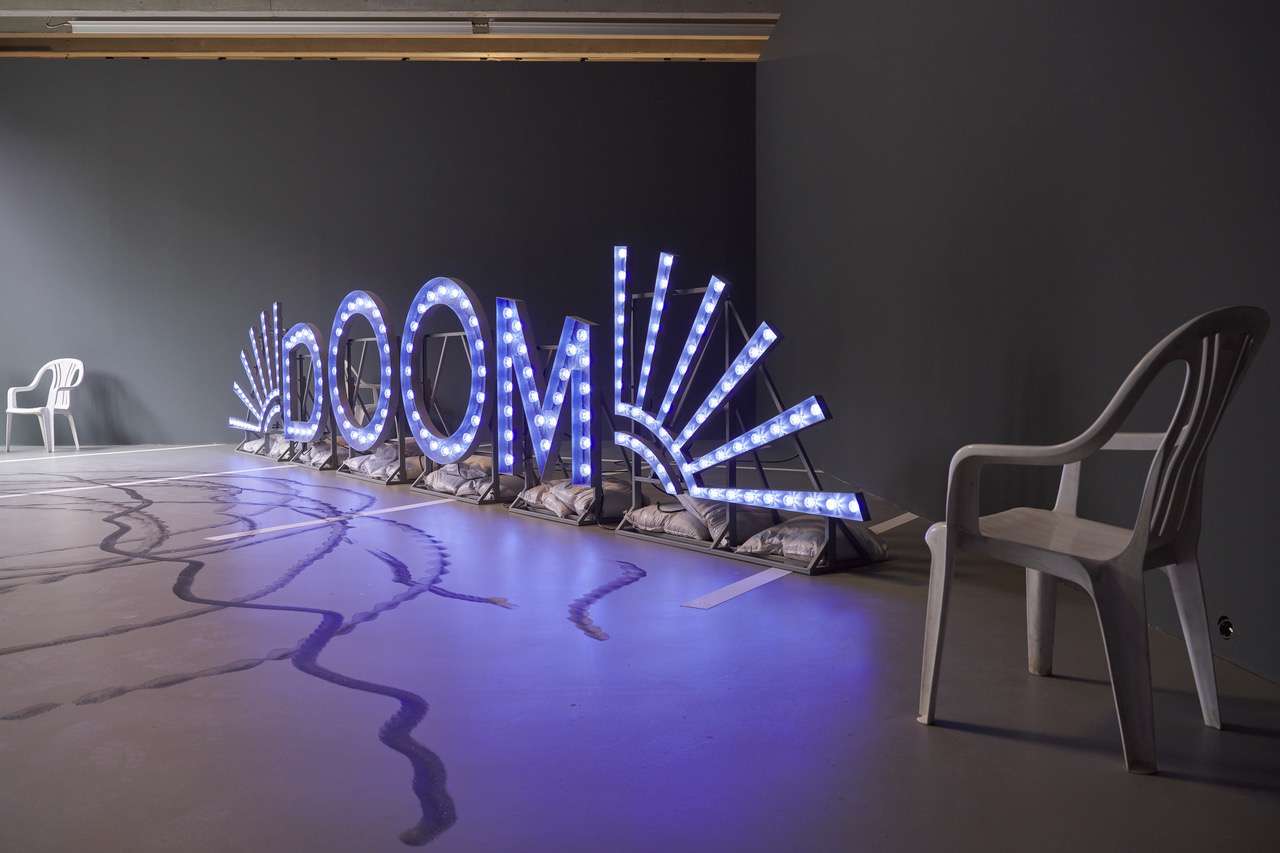
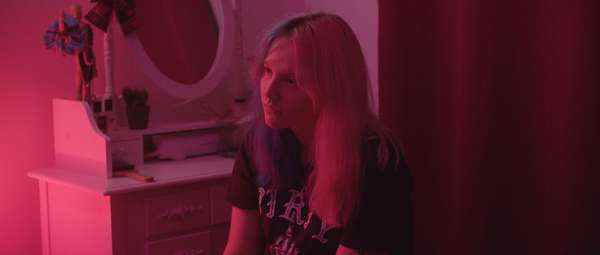









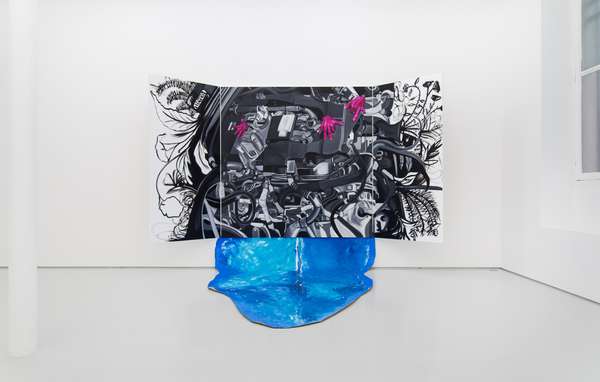






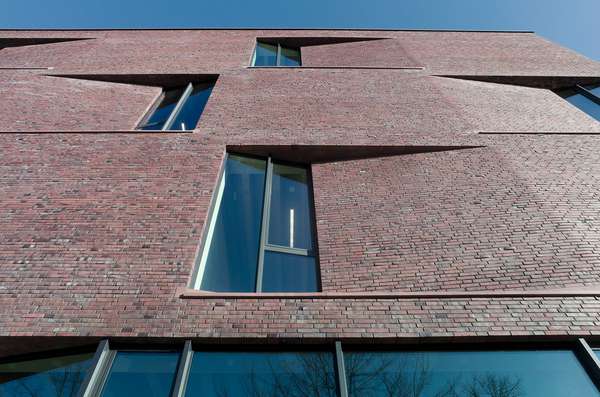




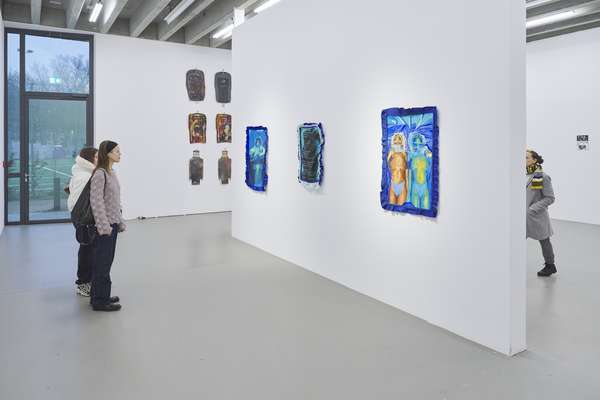




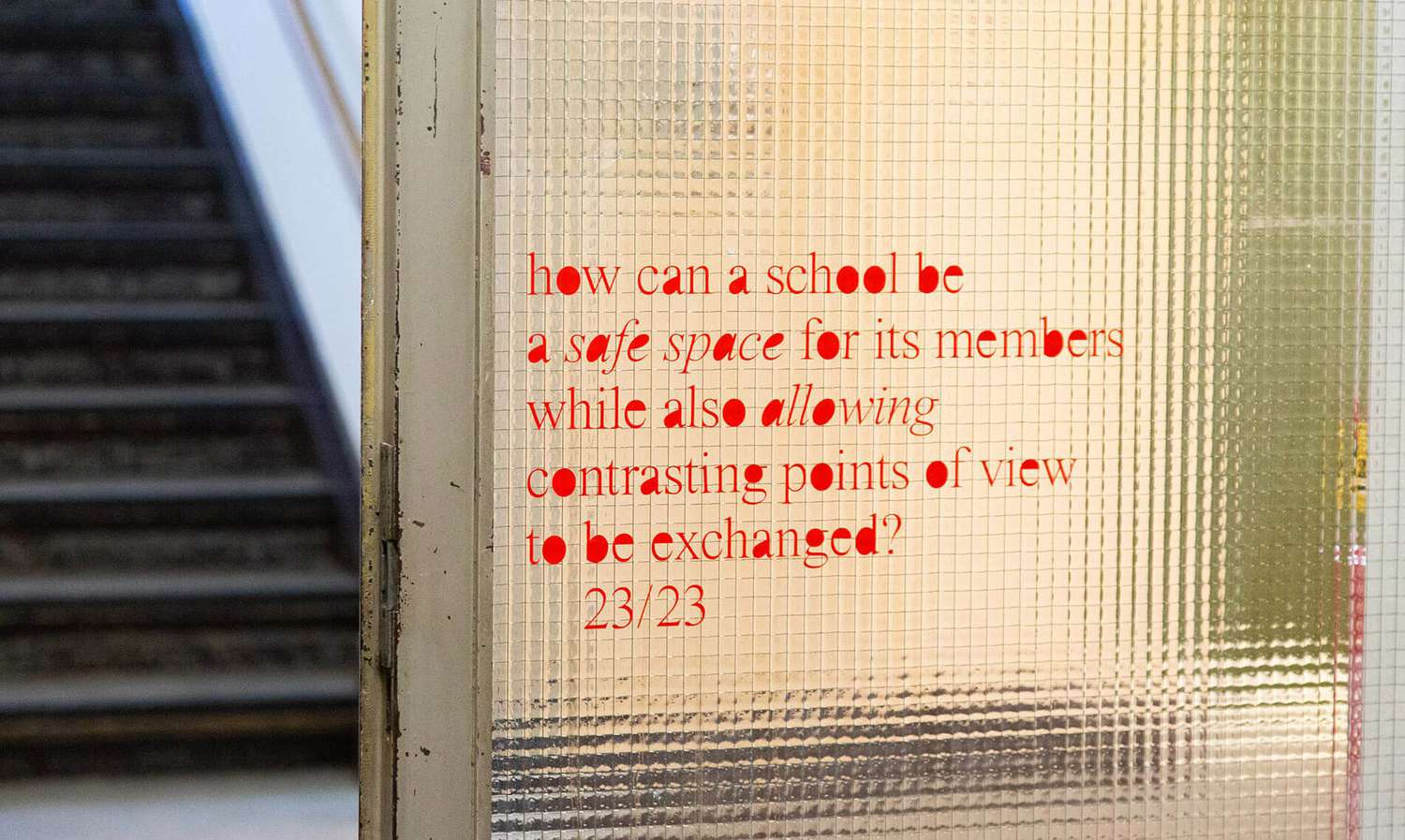

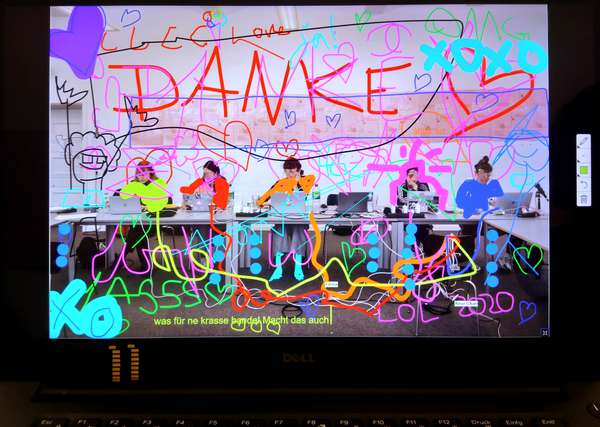







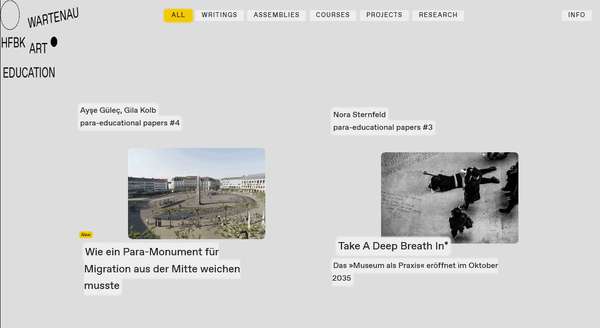
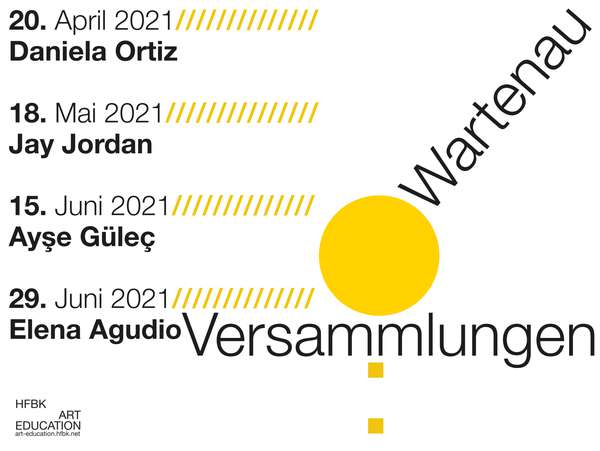





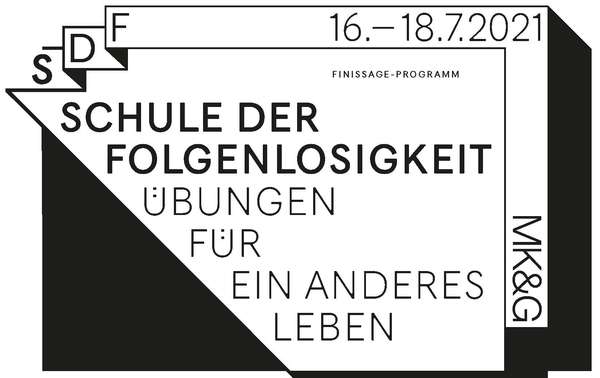






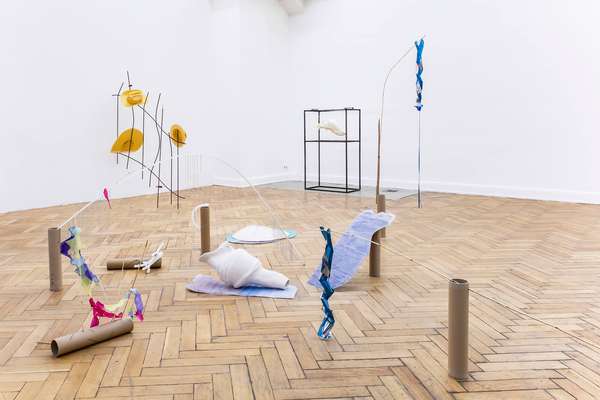



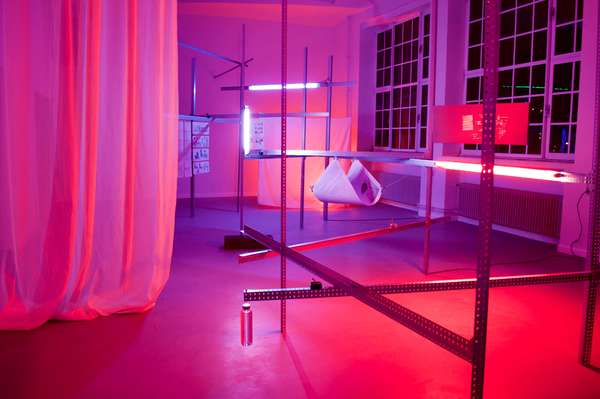




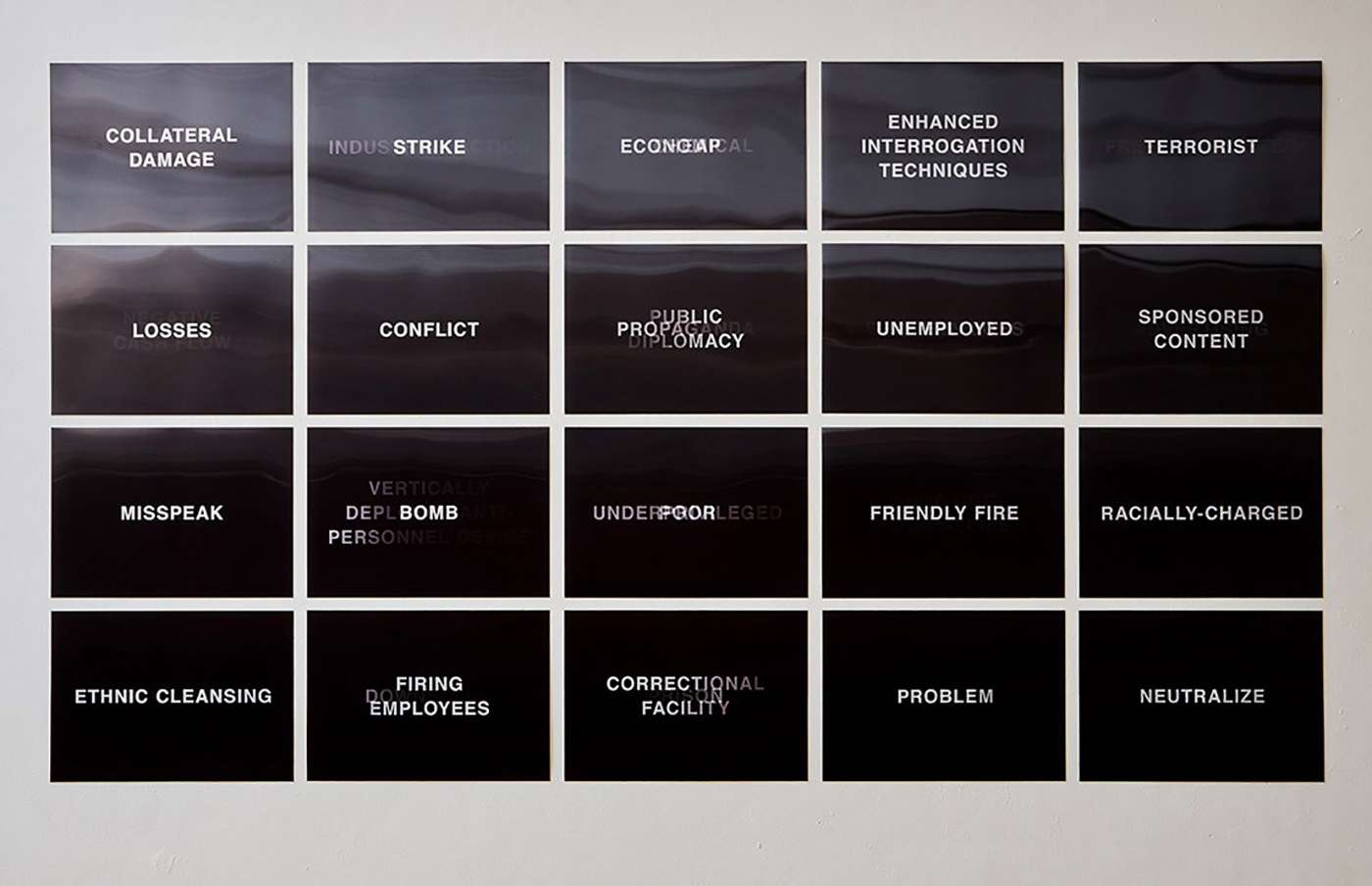










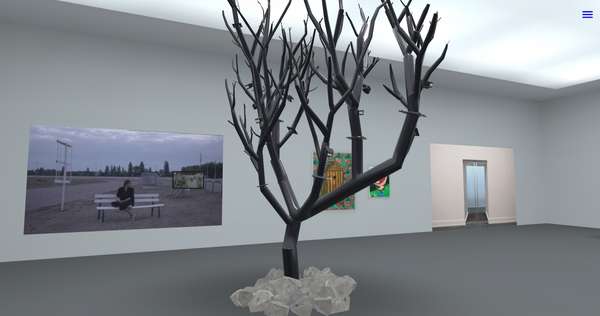





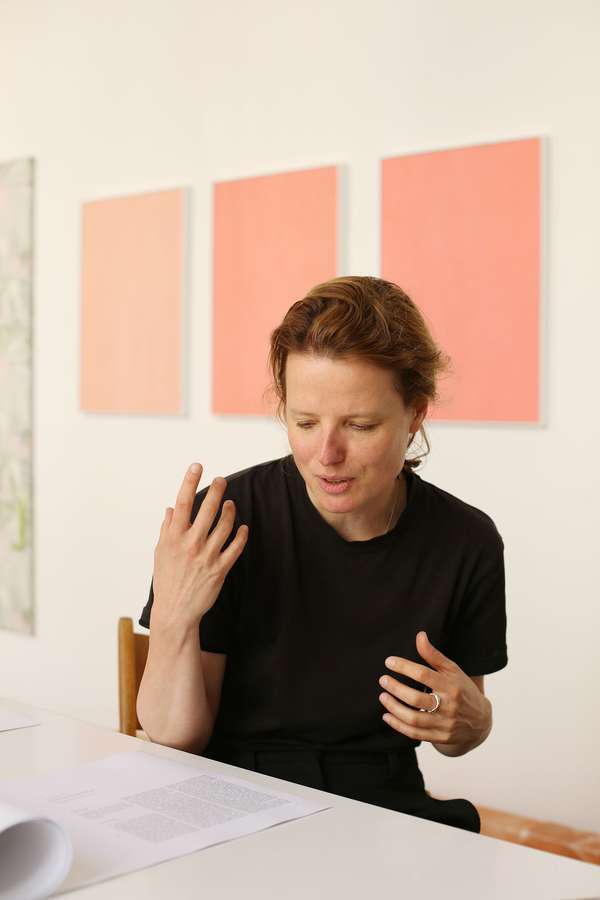

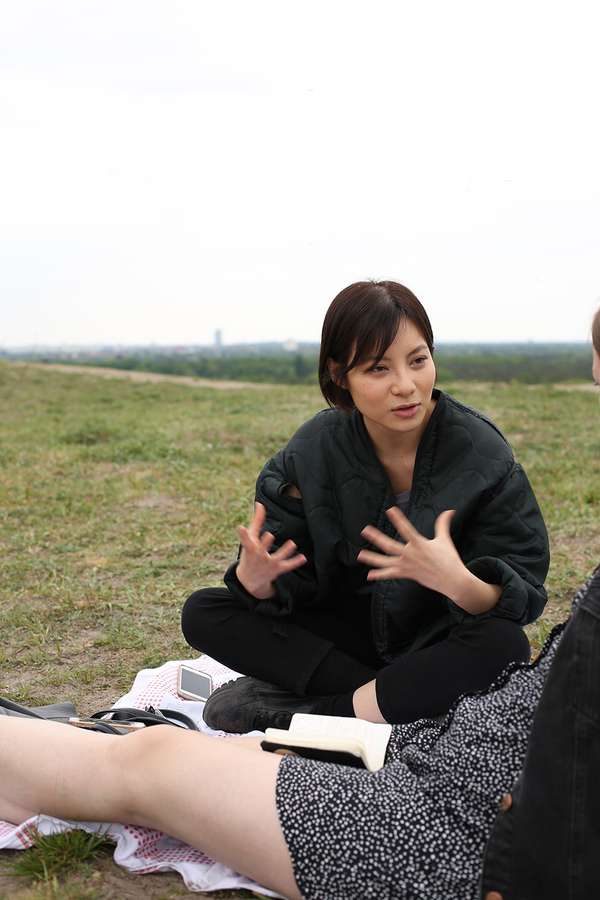








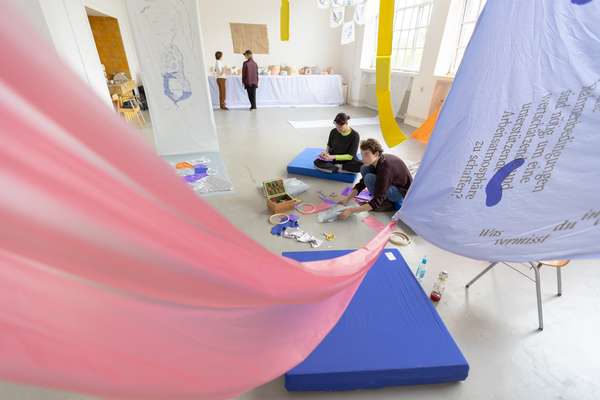

 Graduate Show 2025: Don't stop me now
Graduate Show 2025: Don't stop me now
 Long days, lots to do
Long days, lots to do
 Cine*Ami*es
Cine*Ami*es
 Redesign Democracy – competition for the ballot box of the democratic future
Redesign Democracy – competition for the ballot box of the democratic future
 Art in public space
Art in public space
 How to apply: study at HFBK Hamburg
How to apply: study at HFBK Hamburg
 Annual Exhibition 2025 at the HFBK Hamburg
Annual Exhibition 2025 at the HFBK Hamburg
 The Elephant in The Room – Sculpture today
The Elephant in The Room – Sculpture today
 Hiscox Art Prize 2024
Hiscox Art Prize 2024
 The New Woman
The New Woman
 Doing a PhD at the HFBK Hamburg
Doing a PhD at the HFBK Hamburg
 Graduate Show 2024 - Letting Go
Graduate Show 2024 - Letting Go
 Finkenwerder Art Prize 2024
Finkenwerder Art Prize 2024
 Archives of the Body - The Body in Archiving
Archives of the Body - The Body in Archiving
 New partnership with the School of Arts at the University of Haifa
New partnership with the School of Arts at the University of Haifa
 Annual Exhibition 2024 at the HFBK Hamburg
Annual Exhibition 2024 at the HFBK Hamburg
 (Ex)Changes of / in Art
(Ex)Changes of / in Art
 Extended Libraries
Extended Libraries
 And Still I Rise
And Still I Rise
 Let's talk about language
Let's talk about language
 Graduate Show 2023: Unfinished Business
Graduate Show 2023: Unfinished Business
 Let`s work together
Let`s work together
 Annual Exhibition 2023 at HFBK Hamburg
Annual Exhibition 2023 at HFBK Hamburg
 Symposium: Controversy over documenta fifteen
Symposium: Controversy over documenta fifteen
 Festival and Symposium: Non-Knowledge, Laughter and the Moving Image
Festival and Symposium: Non-Knowledge, Laughter and the Moving Image
 Solo exhibition by Konstantin Grcic
Solo exhibition by Konstantin Grcic
 Art and war
Art and war
 Graduate Show 2022: We’ve Only Just Begun
Graduate Show 2022: We’ve Only Just Begun
 June is full of art and theory
June is full of art and theory
 Finkenwerder Art Prize 2022
Finkenwerder Art Prize 2022
 Nachhaltigkeit im Kontext von Kunst und Kunsthochschule
Nachhaltigkeit im Kontext von Kunst und Kunsthochschule
 Raum für die Kunst
Raum für die Kunst
 Annual Exhibition 2022 at the HFBK
Annual Exhibition 2022 at the HFBK
 Conference: Counter-Monuments and Para-Monuments.
Conference: Counter-Monuments and Para-Monuments.
 Diversity
Diversity
 Live und in Farbe: die ASA Open Studios im Juni 2021
Live und in Farbe: die ASA Open Studios im Juni 2021
 Unlearning: Wartenau Assemblies
Unlearning: Wartenau Assemblies
 School of No Consequences
School of No Consequences
 Annual Exhibition 2021 at the HFBK
Annual Exhibition 2021 at the HFBK
 Semestereröffnung und Hiscox-Preisverleihung 2020
Semestereröffnung und Hiscox-Preisverleihung 2020
 Teaching Art Online at the HFBK
Teaching Art Online at the HFBK
 HFBK Graduate Survey
HFBK Graduate Survey
 How political is Social Design?
How political is Social Design?